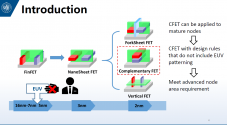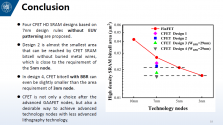Growing FPGA market in China.
FPGA localization process accelerates interface IP manufacturers to welcome the highlight moment
From the micro-net news, in the chip track where hundreds of flowers bloom, FPGAs developed from logic verification have long become an important member of the processor chip family.
FPGA (Field Programmable Gate Array) is a field programmable gate array, which is a semiconductor device that can realize the logic circuit required by the user through reprogramming. Compared with CPU, GPU, and ASIC chips, the underlying algorithm of FPGA chips is not solidified, and has the characteristics of programmability, high performance, low energy consumption and flexibility, and has both hardware parallelism and low latency. And the cost advantage is obvious.
Compared with other tracks, FPGA is a relatively niche market, far less than the market size of tens of billions of dollars in the CPU and GPU fields. However, it plays an irreplaceable role in communications, data centers, industrial applications and other fields, and is an important artificial intelligence-related chip. In recent years, with the rise of AI computing, 5G communication, and heterogeneous computing, the value of FPGA has become more and more prominent.
FPGA localization process is accelerated
Thanks to its high degree of flexibility and powerful parallel processing capabilities, FPGAs can play a role in all applications in the cloud, on the end, and in the middle, and the market size continues to expand. According to the statistics of market research firm Frost & Sullivan, the global market size of FPGA has increased from about 4.34 billion US dollars in 2016 to about 6.08 billion US dollars in 2020, with an average annual compound growth rate of about 8.8%. With the continuous growth of the global demand for new-generation communication equipment and emerging fields such as artificial intelligence and autonomous driving technology, the global FPGA market size is expected to grow from US$6.86 billion in 2021 to US$12.58 billion in 2025, with an average annual compound growth rate of about was 16.4%.
Compared with the global market, the Chinese market is growing more rapidly. According to Frost & Sullivan data, China's FPGA market has grown from about 6.55 billion yuan in 2016 to about 15.03 billion yuan in 2020, with a compound annual growth rate of about 23.1%. With the further acceleration of the domestic substitution process, it is expected that the size of China's FPGA market will reach about 33.22 billion yuan by 2025, with a CAGR of 16.6% in 2020-2025.



